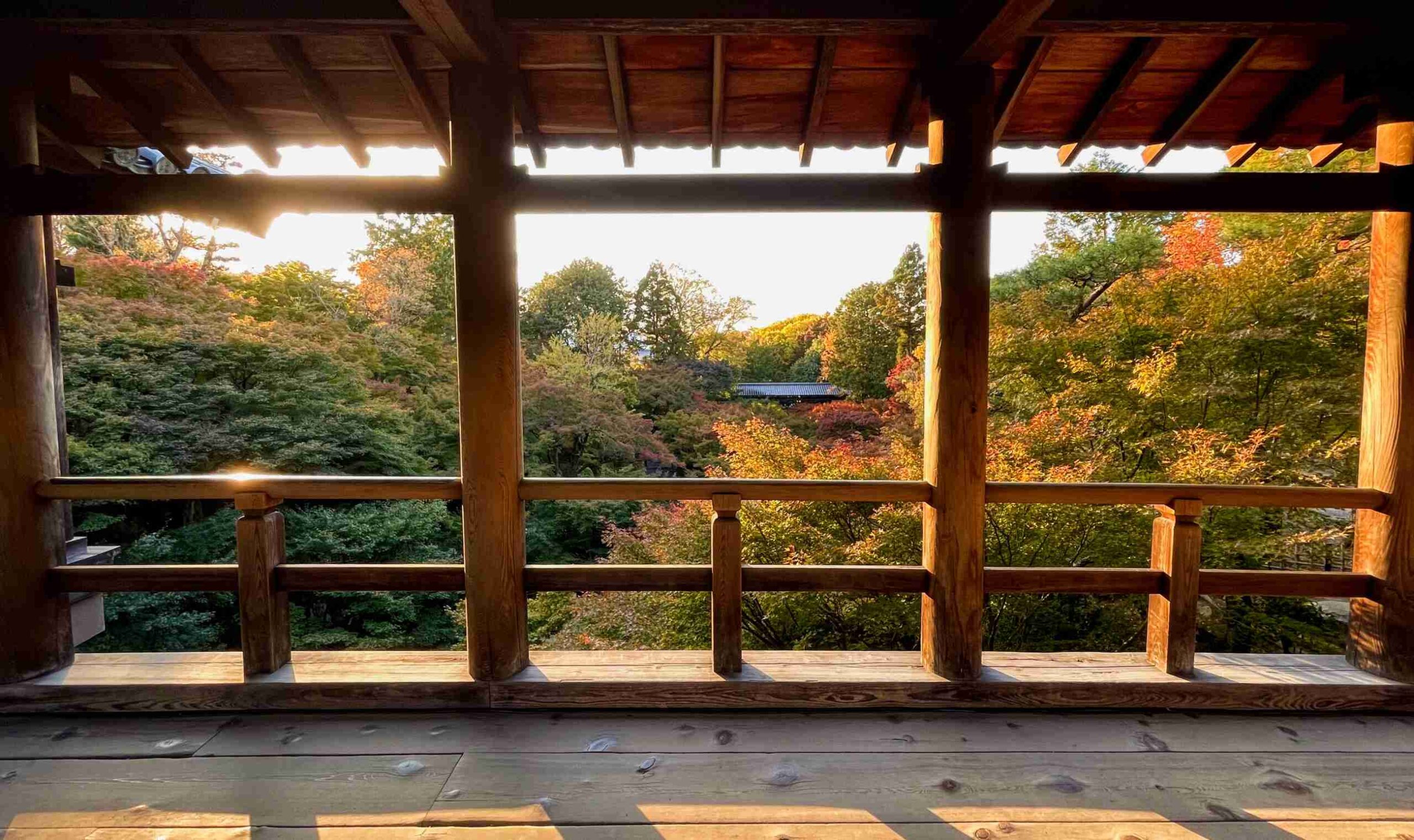The Japanese word kisetsukan (季節感) translates as “a sense of the seasons” (kisetsu = season, kan = sense or feeling) but its meaning runs much deeper.
Kisetsukan is about encouraging an awareness and appreciation for subtle seasonal changes, for example recognizing changes in nature down to the 72 microseasons of Japan.
It is reflected in Japanese daily life through the way seasonal shifts influence daily routines, the foods people eat, and even in the way shops and homes are decorated, continuing traditions that have been part of Japanese culture for centuries.
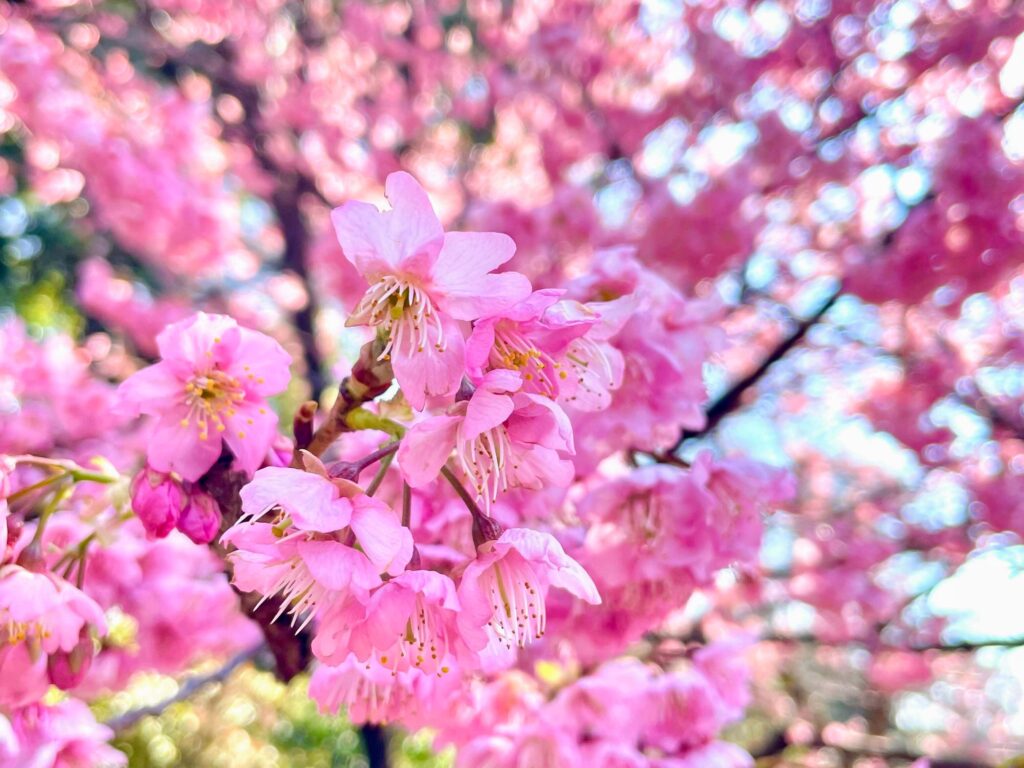
The Deep Roots of Kisetsukan
The seasonal sensitivity of kisetsukan is deeply rooted in Japanese history. One of the best examples is in Japanese poetry: haiku and tanka rely on the use of a kigo (a seasonal word such as “evening chill,” “snow,” “sakura”, or “summer heat”) to ground the verse in a specific seasonal moment.
The tea ceremony too, channels the passing of time by pairing teas with sweets inspired by the current season, whether it’s pink sakura mochi in spring or leaf-shaped wagashi in autumn.
Centuries ago, members of Japanese nobility also expressed kisetsukan through fashion, changing the colors and motifs of their kimonos to reflect the unfolding seasons.
Japanese religions including Buddhism and Shinto, emphasize impermanence and reverence for nature, which have further nurtured people’s heightened seasonal sensitivity.
And as the theme of Inaka Journal suggests, living in the Japanese countryside, as millions still do today, deepens one’s connection to the natural world, fostering a deep appreciation and respect for the rhythms of the seasons.
Together, these practices and philosophies have shaped a culture where the seasons are not only observed, but actively celebrated in Japan in art, literature, food, festivals, and daily life.
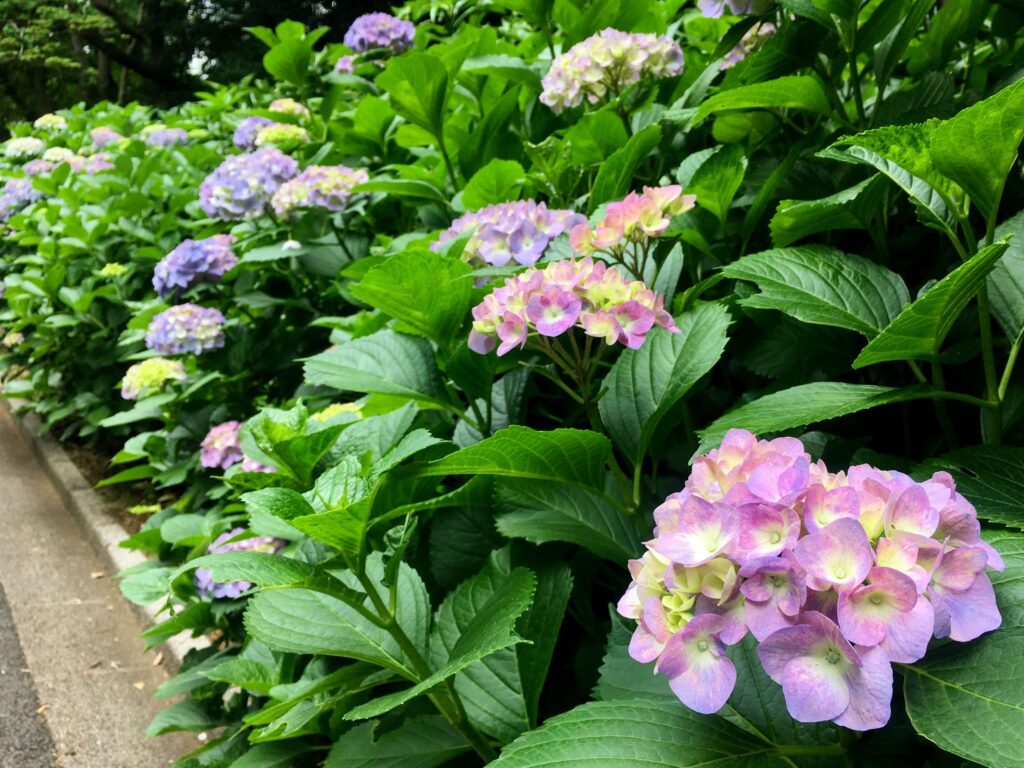
Examples of Kisetsukan
Some of ways Kisetsukan is felt in everyday life in Japan include:
Food: Seasonal eating is central to Japanese cuisine. It is most beautifully expressed in kaiseki multi-course meals at luxury restaurants and ryokans, where dishes showcase both seasonal and local ingredients. Omakase dining, where the chef selects the menu, also reflects kisetsukan by highlighting the freshest produce of the day. In daily life, supermarkets follow the same seasonal pattern: bamboo shoots in spring, cooling somen noodles in summer, chestnuts in autumn, and hot pots in winter, just to name a few. Even convenience stores embrace kisetsukan, rotating seasonal, limited-edition sweets, drinks, and flavours throughout the year.
Seasonal Festivals: Seasonal celebrations bring kisetsukan to life across Japan, linking natural events with cultural traditions. In spring, communities gather for hanami celebrations under blooming cherry blossoms. Summer is marked by fireworks displays, lantern-lit nights, and vibrant matsuri with dancing and food stalls. Autumn brings harvest festivals and rituals of gratitude for nature’s bounty, while winter features illuminations, New Year celebrations, and snow festivals that highlight the quiet beauty of the season.
Design and Aesthetics: Seasonal change is reflected in visual details everywhere. Restaurants decorate with seasonal motifs, hotels and ryokan place flowers that reflect the month, and even product packaging shifts to match seasonal colors. These subtle touches bring the outside world into daily life and heighten the sense of living with the seasons.
Through these practices, kisetsukan transforms ordinary routines into opportunities to notice and celebrate the moment, creating a link between people, nature, and time, even in the center of a bustling city.
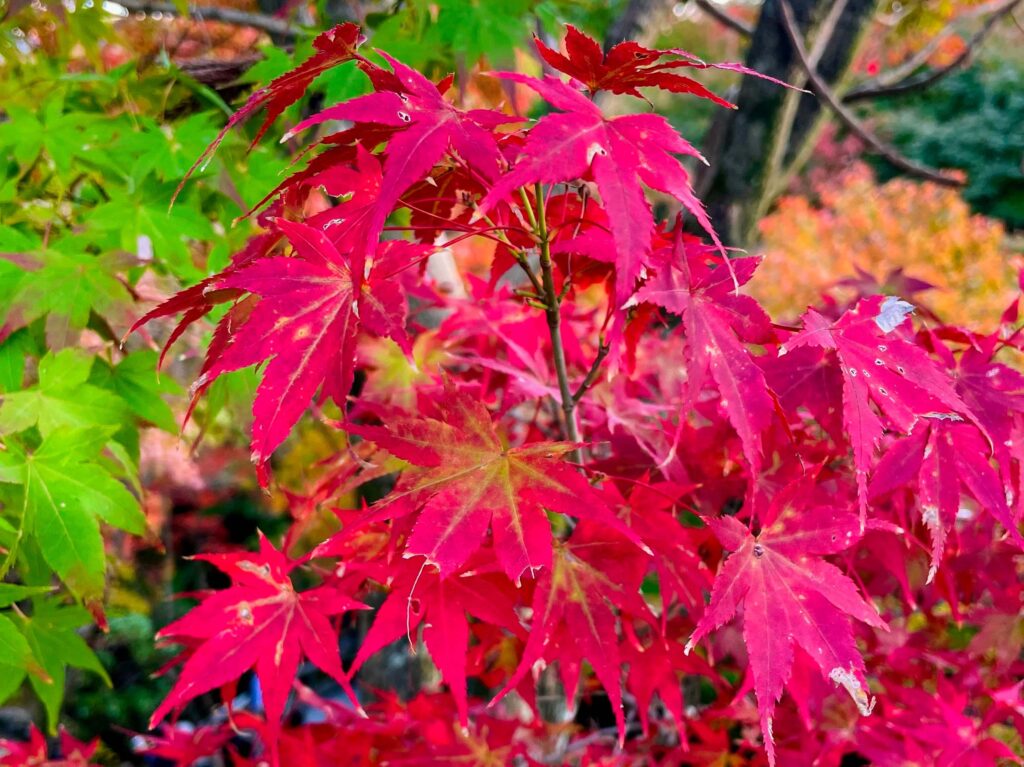
Why Kisetsukan resonates today
In an age of city living and constant connectivity, kisetsukan offers something grounding: it encourages mindfulness and appreciation of the present moment.
By noticing the changing seasons, people find joy in small details: the first plum blossom, the rustle of autumn leaves, the flight of migrating birds, appreciating each fleeting moment before it passes and gives way to the next change in season.
Whether you live in Japan or elsewhere, embracing a sense of kisetsukan can be an invitation to deepen your relationship with nature, to slow down, and to rediscover yourself beyond the pull of phones, television, and constant connectivity.
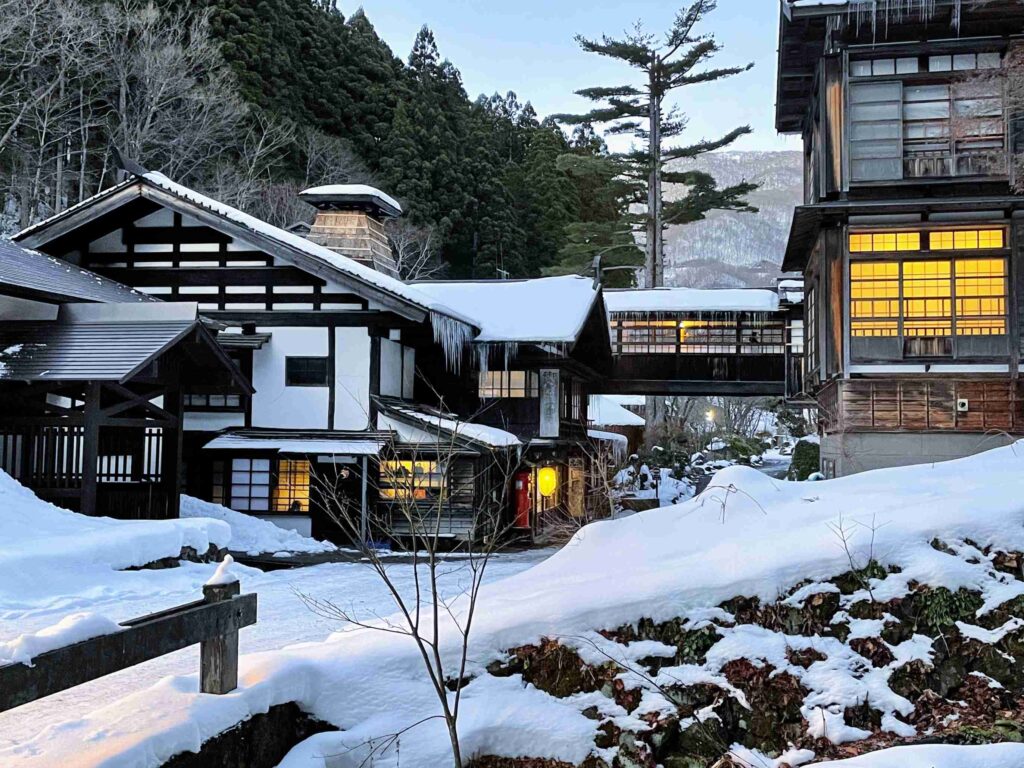
In Summary
Kisetsukan is more than just acknowledging the seasons, it’s a way of living in harmony with nature and appreciating the present moment. In Japan it shapes food, festivals, and design, turning ordinary routines into rituals of seasonal awareness.
By attuning ourselves to the seasons, whether in Japan or elsewhere, we invite a greater sense of presence and gratitude into our lives. The next time you step outside, notice the changes in the air, the colors around you, or the foods that mark the season. In doing so, you may find yourself carrying a little kisetsukan into your own daily life.


